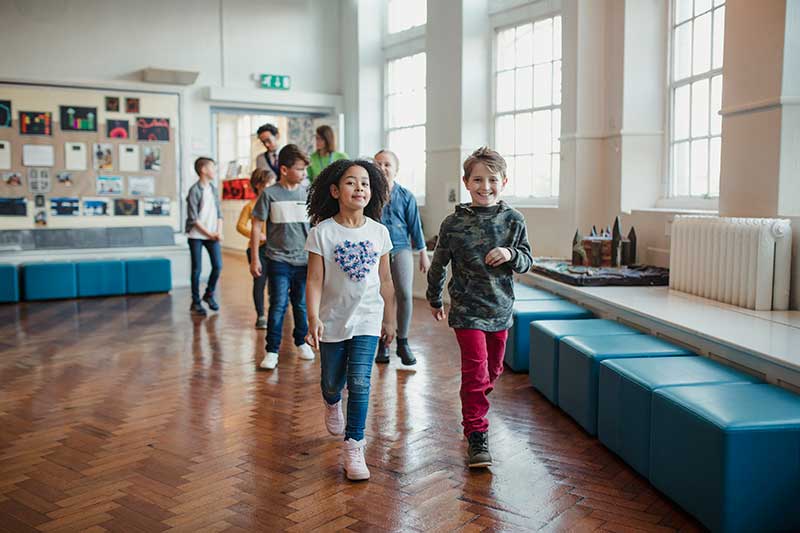
As the beginning of the new school year fast approaches, it is essential for parents, students, administrators, and staff to come together and review the information below. Fostering awareness, and prioritizing prevention can have tremendous impacts and life-changing outcomes. It’s a great time to unite, get reacquainted with safety and prevention, and promote a positive, welcoming school year.
1. Understand Your School’s Safety Protocols
Parents, Guardians, and Students should be familiar with the safety protocols and programs in place and how to use them in emergency situations such as: evacuations, lockdowns, active assailant response, and mental health and medical emergencies.
2. Communicate with School Administrators
Open, transparent dialogue between School Administrators, Parents, Guardians, and Students is essential to develop a community approach to safety concerns, response procedures, and best practices.
3. Teach Personal Safety
An essential component of a comprehensive safety and security program is empowering individuals to take steps to ensure their own safety; to include: understanding their surroundings, being aware of available resources, not talking to strangers, and what to do in emergencies.
4. Discuss Cybersecurity
From bullying and harassment, to predatory behavior and cyberattacks, understanding and implementing best practices in online safety and security is an increasingly-necessary step to protect ourselves and our communities.
5. Use Safe Transportation
Whether it's by bus, car, bicycle, public transportation, rideshare, or walking, ensure your mode of transportation and route selected are safe, reliable, and trusted.
6. Prepare for Health Emergencies
Have a personal emergency action plan. Know where to go for help and what to do in the case of an emergency. This is especially true for known medical considerations such as allergies or pre-existing medical or mental health conditions.
7. Practice Good Hygiene
The COVID-19 Pandemic may be a not-so-distant memory, but that does not mean that germs can’t still hurt us. Take precautions such as regular hand-washing and avoiding contact with others when sick to limit the risk of exposure for yourself and others.
8. Understand Anti-Bullying Policies
Bullying – and cyber-bullying in particular – poses a growing threat to school communities. Know what bullying is, how to detect it, and the methods available to report and mitigate the negative behavior.
9. Secure Personal Belongings
From backpacks and lunchboxes to personal belongings and electronics, the sad reality is that thefts can and do occur in schools. Thankfully, good personal security practices and accountability of one’s belongings can go a long way in preventing this.
10. Encourage Open Communication
Establish and encourage an environment where students can feel comfortable bringing their fears or concerns about school safety to parents and guardians. Similarly, when these fears or concerns are raised, parents and guardians should take steps to address them in the home, with the school, or both.
Take a look at these additional resources to help guide you through this conversation and we’re always here to help.
Resources:
- Active Assailant Preparedness in K-12 Webinar
- Active Assailant Preparedness Guide
- Back-to-School Safety Segment with CNN
- Fox 29 Back To School
Please reach out with any questions and or comments, Frank.spano@aus.com
Visit us at https://www.aus.com/industry-expertise/education























